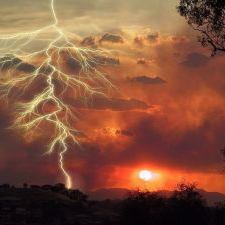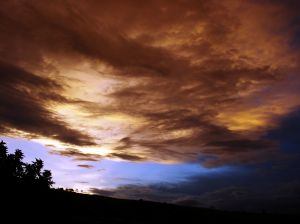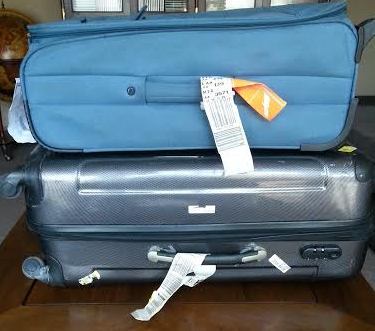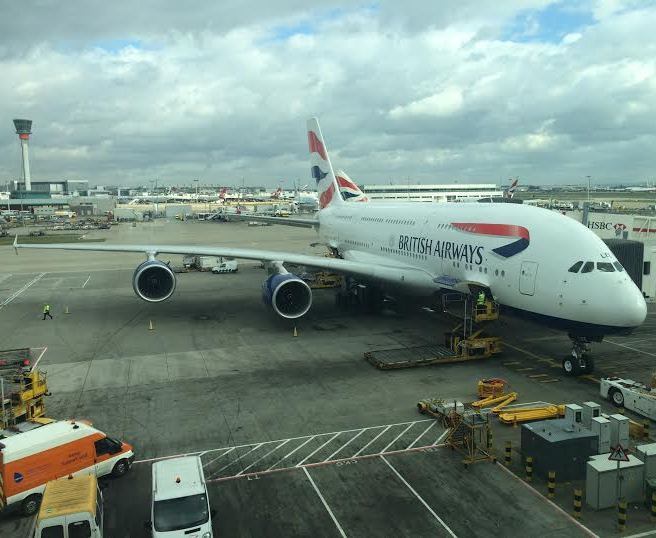 In the days after a tornado devastated the town of Greensburg, Kansas, the death toll has reached 10 and one survivor was found under the rubble.
In the days after a tornado devastated the town of Greensburg, Kansas, the death toll has reached 10 and one survivor was found under the rubble.
As the news of this tragedy hit this week, viewers were able to see the destructive force of a twister in a video that documented a tornado that struck Ellis County, Oklahoma, part of the same storm system that flattened the small Kansas town.
This video was shot by professional “storm chaser” Reed Timmer who sat about 50 to 100 yards from the twister.
While he managed to obtain footage that illustrated the storm’s violence, it’s important to note that getting this close to a twister is extremely dangerous and should not be attempted unless (and probably even if) you’re a trained professional. However, if you’re a self-proclaimed “weather nerd” who would like to try a similar experience, there are groups that can help you get up close to massive storm systems while working to protect your safety.
Here’s a rundown of storm chasing as a hobby: Observing a tornado or hurricane (from a safe distance) will reward you with a spectacle like no other–it’s an awe-inspiring sight to see the strength of a twister spiraling across the plains; massive lightning displays dance in the sky, shooting down from heavy clouds…if you’re lucky, you’ll catch something called “crawler lightening” or “anvil crawlers” — lightning that spreads or “crawls” across the sky from cloud to cloud.
A storm chaser can be anyone from a trained meteorologist to a curious observer who tracks down where and when a tornado (in some cases, hurricanes) is going to hit. The goal is to follow the storm and capture the spectacle on photograph and video. In late April and May, storms take place in the southern Plains of Kansas, Oklahoma, and Texas; in June and July the storms are in the northern Plains of North Dakota, South Dakota, Nebraska, and Iowa.
There are several organized tour companies that kick off from a base in Dallas, Oklahoma City, Omaha or Denver. Tour leaders will track the weather and figure out the night before or morning of where you’re going to travel–small groups usually travel by van, along with all the storm tracking equipment.
 You can drive anywhere between 100-600 miles a day to catch multiple storms (you’ll spend the night in a nearby hotel). Although there’s never a guarantee that you’ll catch a storm on any given day, there are occasions when you can see up to 10 tornadoes in one day and sometimes well into the night.
You can drive anywhere between 100-600 miles a day to catch multiple storms (you’ll spend the night in a nearby hotel). Although there’s never a guarantee that you’ll catch a storm on any given day, there are occasions when you can see up to 10 tornadoes in one day and sometimes well into the night.
Tempest Tours is made up a team of veteran chasers and tornado scientists, arranging seven storm chasing tours in May and June in the Great Plains. Groups intercept the storms from a distance to view the event and take photographs, and may stay in place to catch nighttime lightening storms.
Tours range from 6 to 10 days, from $1,995 to $2,795 per person, including an Independence Day tour which features fireworks along with your chase. To get a taste of what you would experience, check out Tempest Tour’s online videos, including a documentary entitled “The Perfect Chase” and a collection of great storms from 2006. 817-274-9313, www.tempesttours.com
Silver Lining Tours has six-day tours starting in Denver, and 10-day tours starting in Oklahoma City. Silver Lining also has several other options available as well: There are annual tours in the Canadian Prairies from the foothills of the Canadian Rockies in western Alberta eastward across the lakes of Ontario.
You can also be a part of Silver Lining’s “on-call” storm chasing — short-notice trips that operate in the earlier part of tornado season, and invite you to drop everything to chase a storm at a moment’s notice.
Real weather buffs can also join a Master Class Storm Chasing Workshop, an interactive course on the fundamentals of forecasting, chasing strategies and observation techniques. Rates start at $2,000. 281-759-4181, www.silverliningtours.com
 Storm Chasing Adventure Tours has been arranging storm-chasing tours for more than 10 years, and currently offers trips in May and June. Base camps are located in Oklahoma City in the spring, and in Denver in the summertime. The company is known for its use of high-tech equipment, including the Doppler on Wheels on select tours. If you aren’t able to catch a storm on a given day, you may go sightseeing wherever you happen to be located that day, including the Severe Storms Laboratory in Oklahoma, local National Weather Service offices, the Tornado Museum in Amarillo, Texas, or to various national and state parks. $2,300 per person, or $4,000 for a 12-day back-to-back excursion. 303-888-8629, www.stormchasing.com
Storm Chasing Adventure Tours has been arranging storm-chasing tours for more than 10 years, and currently offers trips in May and June. Base camps are located in Oklahoma City in the spring, and in Denver in the summertime. The company is known for its use of high-tech equipment, including the Doppler on Wheels on select tours. If you aren’t able to catch a storm on a given day, you may go sightseeing wherever you happen to be located that day, including the Severe Storms Laboratory in Oklahoma, local National Weather Service offices, the Tornado Museum in Amarillo, Texas, or to various national and state parks. $2,300 per person, or $4,000 for a 12-day back-to-back excursion. 303-888-8629, www.stormchasing.com
TRADD (Tornado Research and Defense Development) has five-day storm-chasing tours in May and June, which you can extend for as many weeks as you want. TRADD is also the only storm chasing tour company that offers a guarantee– if you don’t catch two storms in a week-long trip, you get a $200 discount off your next trip. Rates are $1,699 for 5 days and $2,899 for 10 days. www.traddtornadochasingtours.com
Tornado Express offers six and seven-day trips, 12 and 13-day “mega trips,” as well as “follow along” tours in which you travel in your own car behind a storm chasing van (you get a two-way radio to keep in touch). Home bases are located in Omaha, Nebraska or Oklahoma City, Oklahoma. Rates are $1,750 for the shorter guided trips and $2,800 for the longer ones; follow along tours are $150 per day with no hotel, and $1,100 for a six-day tour. 866-578-6767, www.tornadoexpress.com
Cloud 9 Tours is one of the oldest tour operators, starting back in 1996. The company offers three trips per year, starting out in Oklahoma City — while meteorologist guides try to chase as many tornadoes as possible, you may also target severe storms, dust devils, hail, and sites that have been damaged by severe weather. Rates are $2,600 for two-week tours. (405) 323 1145, www.cloud9tours.com
For more information on storm chasing, visit www.stormtrack.org, which provides up-to-date information on recent storms, FAQs on storm chasing and equipment information.
Want to avoid storms instead of chasing them? Check out Hurricane Guarantees and Hurricane-Free Islands.
By Sarika Chawla for PeterGreenberg.com












